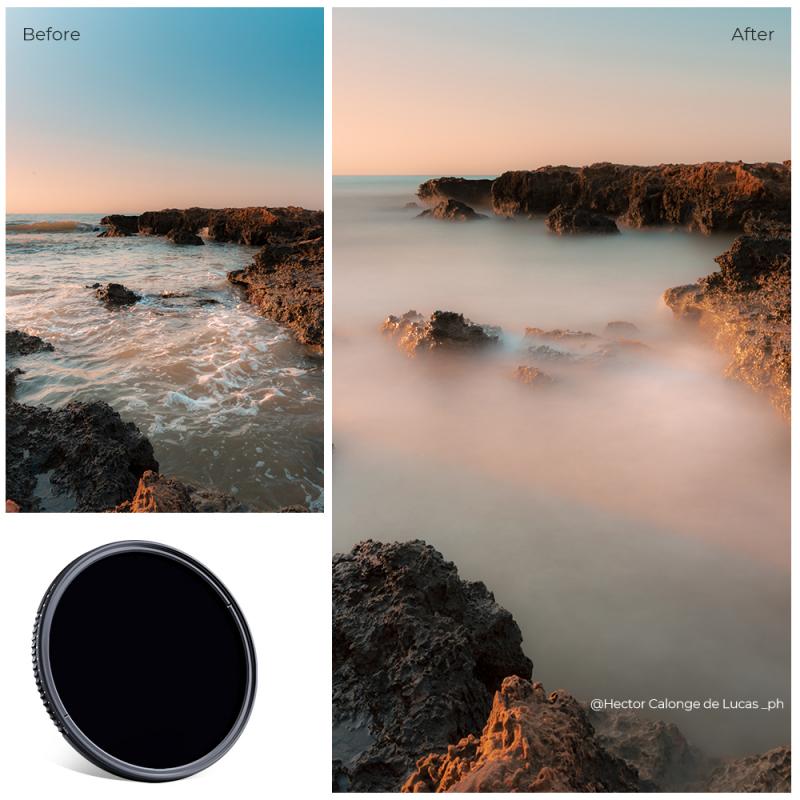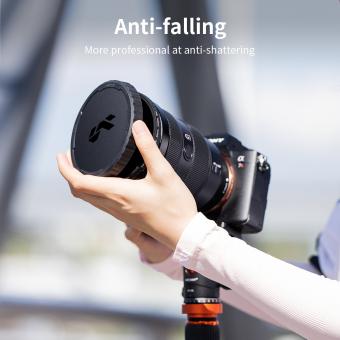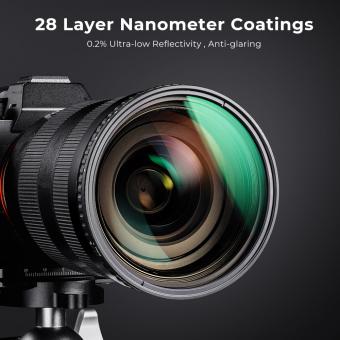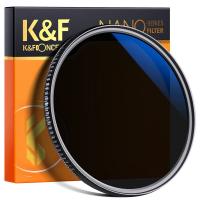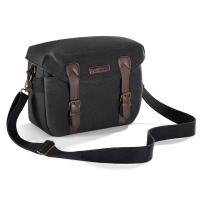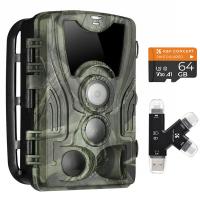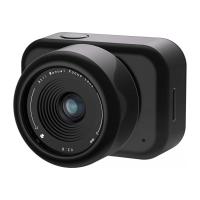How To Use Cokin Nd Filters ?
To use Cokin ND filters, follow these steps:
1. Attach the Cokin filter holder to your camera lens by screwing it onto the filter thread.
2. Slide the ND filter into the filter holder, ensuring it is securely in place.
3. Adjust the position of the filter within the holder to control the amount of light reduction. The further the filter is from the lens, the stronger the effect.
4. Set your camera to manual mode and adjust the exposure settings accordingly to compensate for the reduced light.
5. Compose your shot and take the photo.
Remember to experiment with different filter strengths and positions to achieve the desired effect.
1、 Understanding Cokin ND Filters: Types and Uses
Understanding Cokin ND Filters: Types and Uses
Cokin ND filters are a popular choice among photographers looking to control the amount of light entering their camera lens. These filters are designed to reduce the amount of light that reaches the camera's sensor, allowing for longer exposure times and creative effects. Here is a guide on how to use Cokin ND filters effectively.
1. Choose the right filter: Cokin offers a range of ND filters with different levels of light reduction, denoted by the filter's density. The higher the density, the more light is blocked. Select a filter based on the desired effect and lighting conditions.
2. Attach the filter holder: Cokin ND filters are square or rectangular in shape and require a filter holder to be mounted on the lens. Attach the filter holder securely to the lens using the appropriate adapter ring.
3. Insert the filter: Slide the ND filter into the filter holder, ensuring it is positioned correctly and covers the entire lens. The filter holder allows for easy adjustment and stacking of multiple filters if desired.
4. Adjust exposure settings: With the ND filter in place, the camera's exposure settings need to be adjusted to compensate for the reduced light. Start by setting a longer shutter speed to capture motion blur or achieve a desired exposure.
5. Experiment and practice: ND filters offer a wide range of creative possibilities, such as capturing silky smooth waterfalls or streaking clouds. Experiment with different exposure times and compositions to achieve the desired effect.
It is important to note that the latest point of view on using Cokin ND filters includes the consideration of the filter's color cast. Some photographers have reported a slight color shift when using certain Cokin ND filters, particularly in the higher density range. To minimize this, it is recommended to shoot in RAW format and make adjustments during post-processing. Additionally, using a white balance card or adjusting the white balance settings can help correct any color cast issues.
In conclusion, understanding how to use Cokin ND filters effectively involves selecting the right filter, attaching it to the lens using a filter holder, adjusting exposure settings, and experimenting with different techniques. By considering the latest point of view on color cast issues, photographers can achieve stunning results with Cokin ND filters.
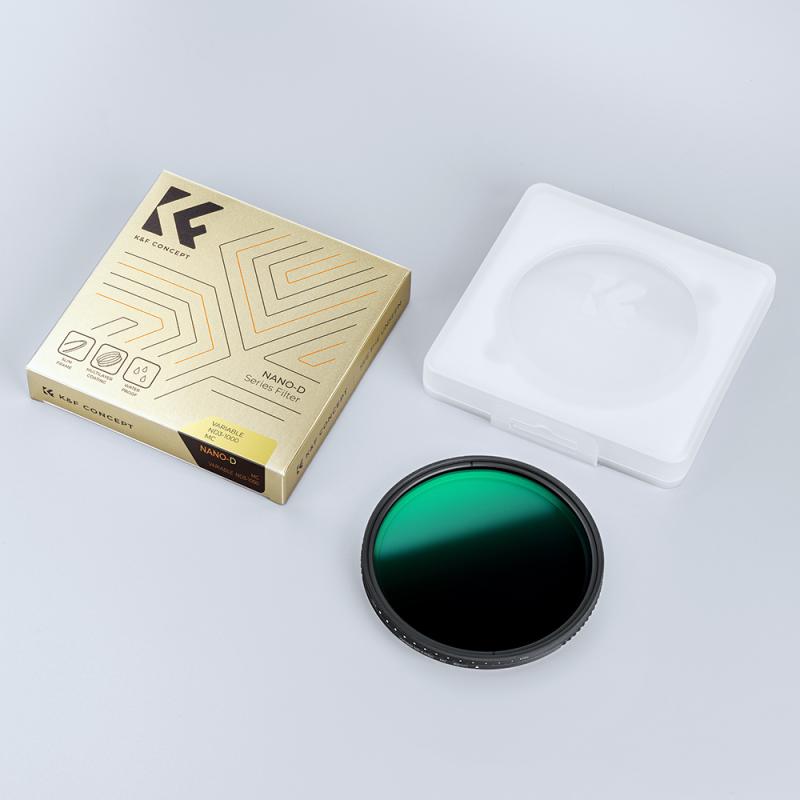
2、 Step-by-Step Guide: Attaching Cokin ND Filters to Your Lens
Step-by-Step Guide: Attaching Cokin ND Filters to Your Lens
Cokin ND filters are a popular choice among photographers for controlling the amount of light that enters the camera lens. These filters are especially useful in situations where you want to achieve long exposure effects or capture motion blur. Here is a step-by-step guide on how to use Cokin ND filters effectively:
1. Choose the right Cokin filter holder: Cokin offers different types of filter holders, such as the Cokin P Series and the Cokin Z-Pro Series. Select the one that is compatible with your lens diameter.
2. Attach the filter holder to your lens: Screw the filter holder onto the lens using the appropriate adapter ring. Ensure that it is securely attached to prevent any light leaks.
3. Insert the ND filter into the filter holder: Slide the ND filter into the designated slot on the filter holder. Make sure it is positioned correctly and does not obstruct the lens view.
4. Adjust the filter's density: Cokin ND filters come in various densities, ranging from ND2 to ND1000. Choose the appropriate density based on the amount of light you want to block. The higher the number, the darker the filter.
5. Compose your shot: Once the filter is in place, compose your shot as desired. Keep in mind that using ND filters will increase the exposure time, so consider using a tripod to avoid camera shake.
6. Set the exposure settings: With the filter attached, adjust your camera's exposure settings accordingly. You may need to use a longer shutter speed or wider aperture to compensate for the reduced light.
7. Capture your image: Press the shutter button to capture your image. Be patient, as longer exposure times may be required to achieve the desired effect.
Remember, practice makes perfect when it comes to using ND filters. Experiment with different densities and exposure settings to achieve the desired results. Additionally, always ensure that your filter holder and lens are clean to avoid any unwanted artifacts in your images.
In recent years, there have been advancements in filter technology, such as the introduction of magnetic filter systems. These systems offer a more convenient and secure way of attaching filters to your lens. Consider exploring these options if you want to simplify the process of using ND filters.
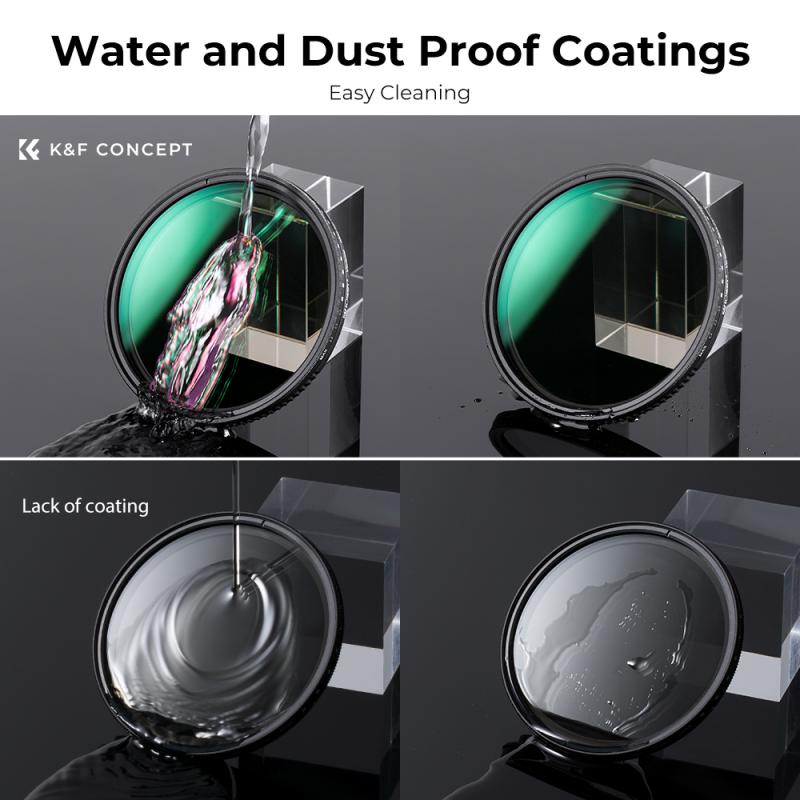
3、 Adjusting Exposure: Using Cokin ND Filters for Long Exposures
Adjusting Exposure: Using Cokin ND Filters for Long Exposures
Cokin ND filters are a popular choice among photographers looking to achieve long exposures and control exposure in bright lighting conditions. These filters are designed to reduce the amount of light entering the camera, allowing for longer shutter speeds and creative effects. Here's how to use Cokin ND filters effectively:
1. Choose the right filter: Cokin offers a range of ND filters with different levels of light reduction, indicated by the filter's density. The higher the density, the more light it blocks. Select a filter based on the desired effect and lighting conditions.
2. Attach the filter holder: Cokin filters are square or rectangular in shape and require a filter holder to be attached to the lens. Slide the filter holder onto the lens and secure it in place.
3. Insert the ND filter: Once the filter holder is attached, slide the ND filter into the holder. Ensure that the filter covers the entire lens and is positioned correctly.
4. Adjust exposure settings: With the ND filter in place, the camera's exposure settings need to be adjusted. Start by setting the camera to manual mode and select a low ISO setting. Then, adjust the aperture and shutter speed to achieve the desired exposure.
5. Use a tripod: Long exposures often require a stable camera setup. Mount the camera on a tripod to avoid any camera shake during the exposure.
6. Experiment and practice: Long exposures with ND filters offer a wide range of creative possibilities. Experiment with different shutter speeds and compositions to achieve unique effects such as motion blur in water or streaking clouds.
It's important to note that the latest point of view on using ND filters is to also consider the use of digital blending techniques. This involves taking multiple exposures with different shutter speeds and blending them together in post-processing to achieve a similar effect as using an ND filter. This technique allows for more control and flexibility in adjusting the exposure and can be particularly useful in situations where using an ND filter may not be practical or produce the desired results.
In conclusion, using Cokin ND filters for long exposures requires selecting the right filter, attaching it to a filter holder, adjusting exposure settings, and using a tripod. However, photographers should also consider the alternative of digital blending for greater control and flexibility in achieving long exposure effects.
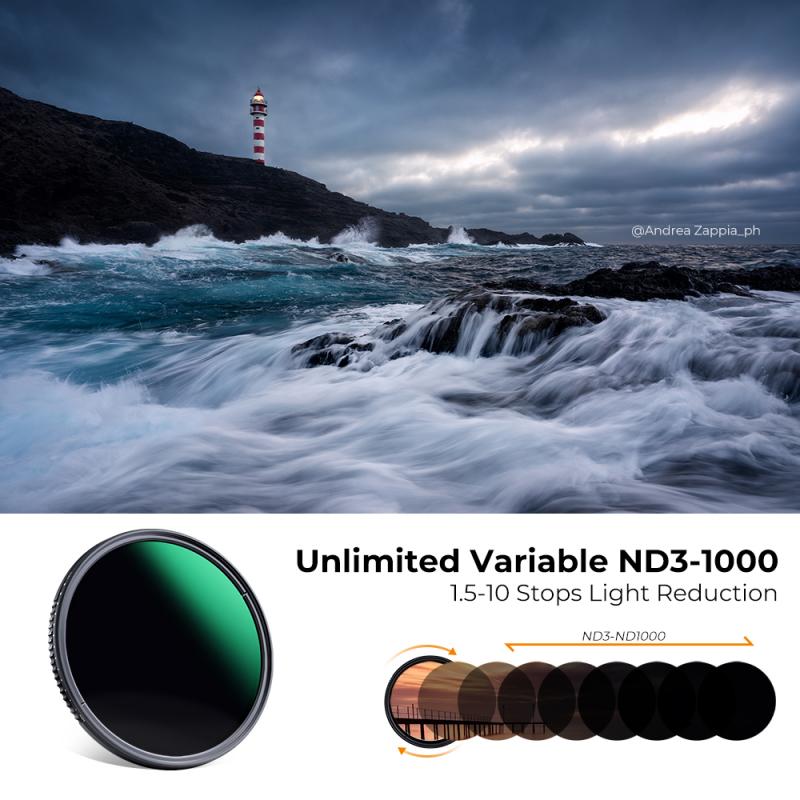
4、 Creative Techniques: Achieving Motion Blur with Cokin ND Filters
How to Use Cokin ND Filters: Creative Techniques for Achieving Motion Blur
Cokin ND filters are a popular tool among photographers and videographers for achieving motion blur effects in their images. These filters are designed to reduce the amount of light entering the camera, allowing for longer exposure times and creating a sense of movement in the final image. Here are some creative techniques for using Cokin ND filters to achieve motion blur:
1. Choose the right filter strength: Cokin ND filters come in different strengths, ranging from ND2 to ND1000. The higher the number, the darker the filter and the longer the exposure time. Experiment with different filter strengths to achieve the desired amount of motion blur in your images.
2. Use a tripod: To capture motion blur effectively, it's important to keep your camera steady during the long exposure. A sturdy tripod will help eliminate any camera shake and ensure sharpness in the areas of the image that are not affected by motion blur.
3. Select a suitable subject: Motion blur works best with subjects that have some form of movement. This could be flowing water, moving clouds, or even people walking. Experiment with different subjects to see how they interact with the motion blur effect.
4. Adjust your camera settings: When using ND filters, you will need to compensate for the reduced light entering the camera. Start by setting your camera to manual mode and adjusting the aperture and ISO to achieve the desired exposure. Use a longer shutter speed to capture the motion blur effect.
5. Experiment with different techniques: There are various techniques you can try to achieve different motion blur effects. For example, panning involves following a moving subject with your camera while using a slow shutter speed to create a sense of speed and motion. Another technique is to capture long exposures of moving water to create a smooth and dreamy effect.
In conclusion, Cokin ND filters are a versatile tool for achieving motion blur effects in your images. By following these techniques and experimenting with different settings, subjects, and techniques, you can create stunning and creative images that convey a sense of movement and dynamism.
